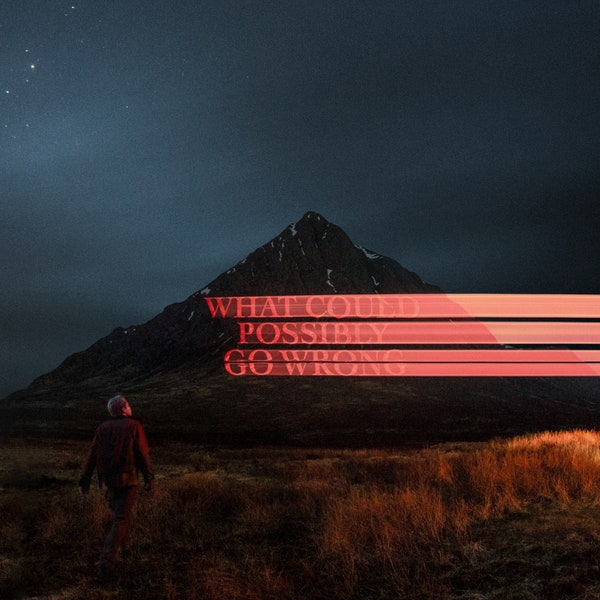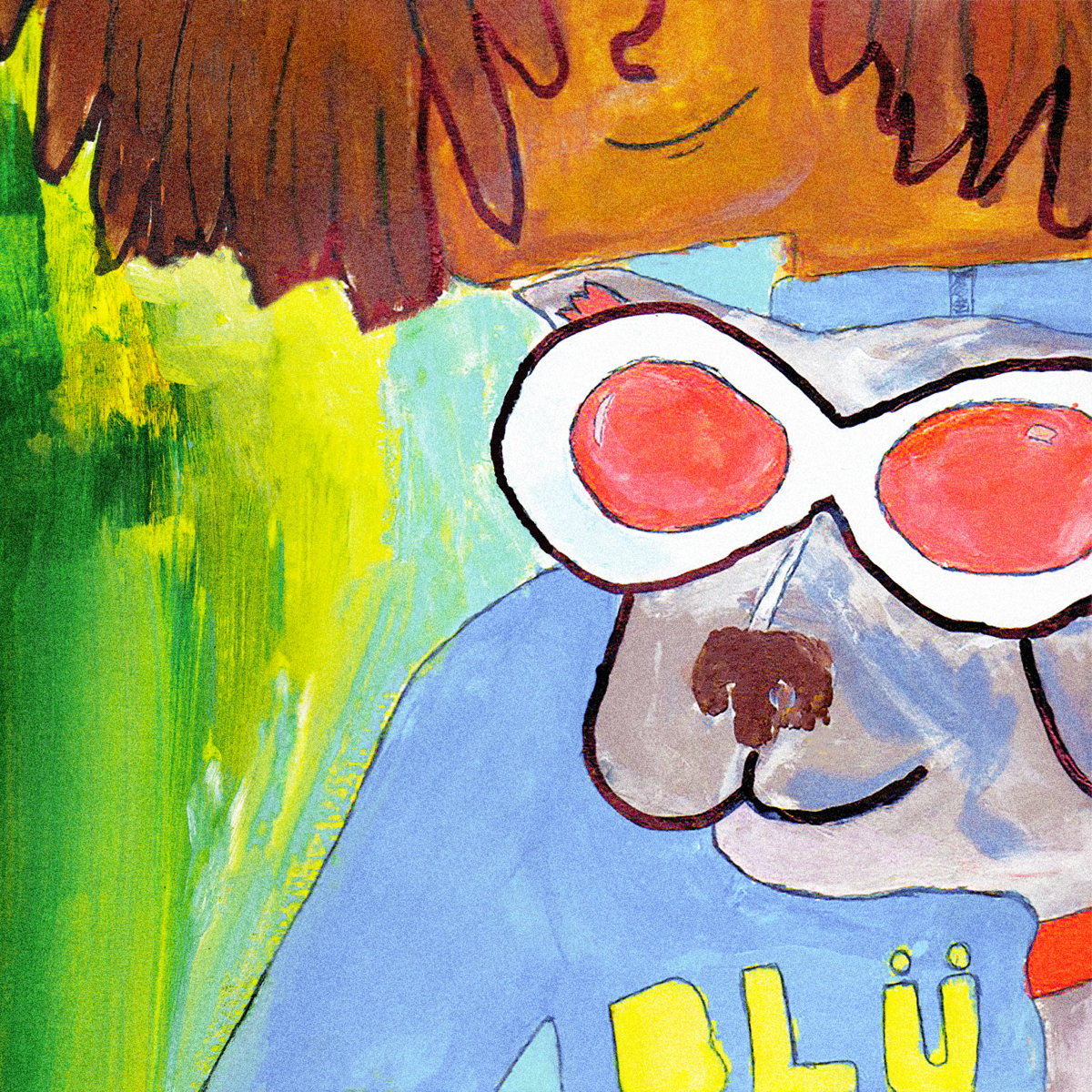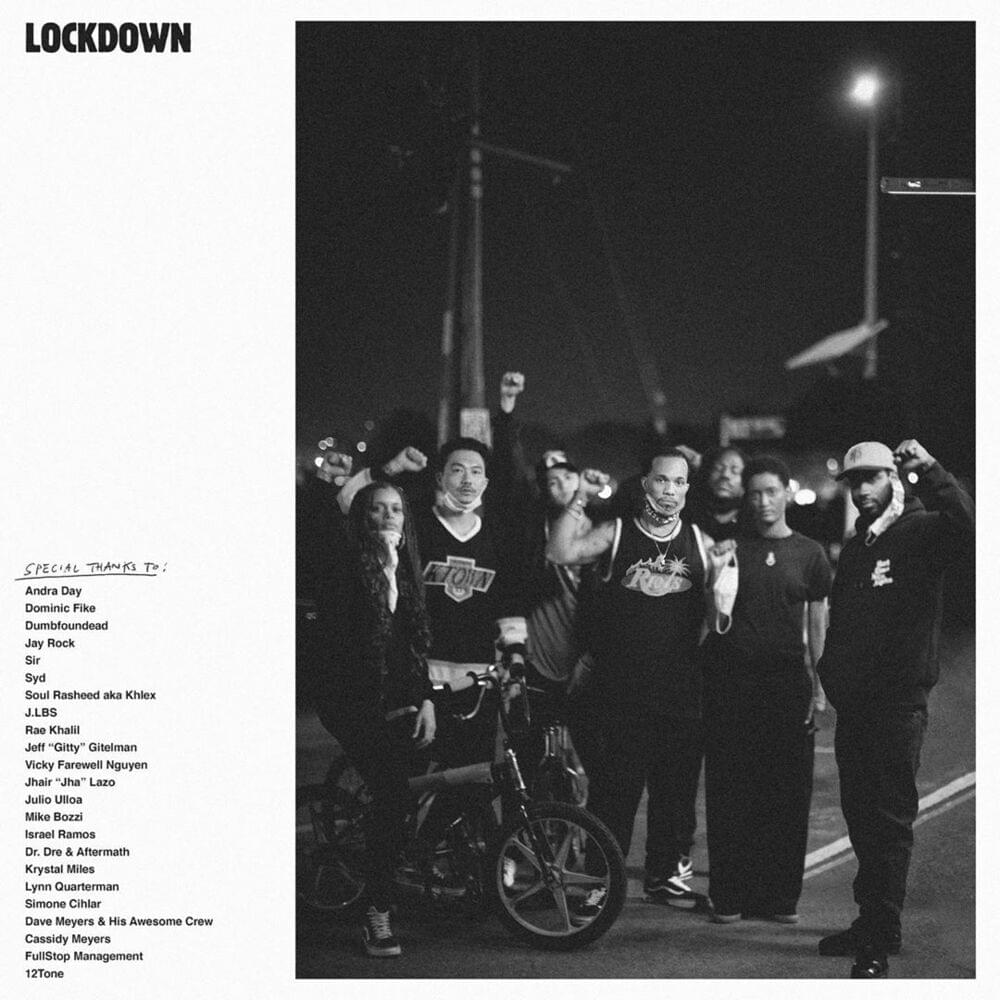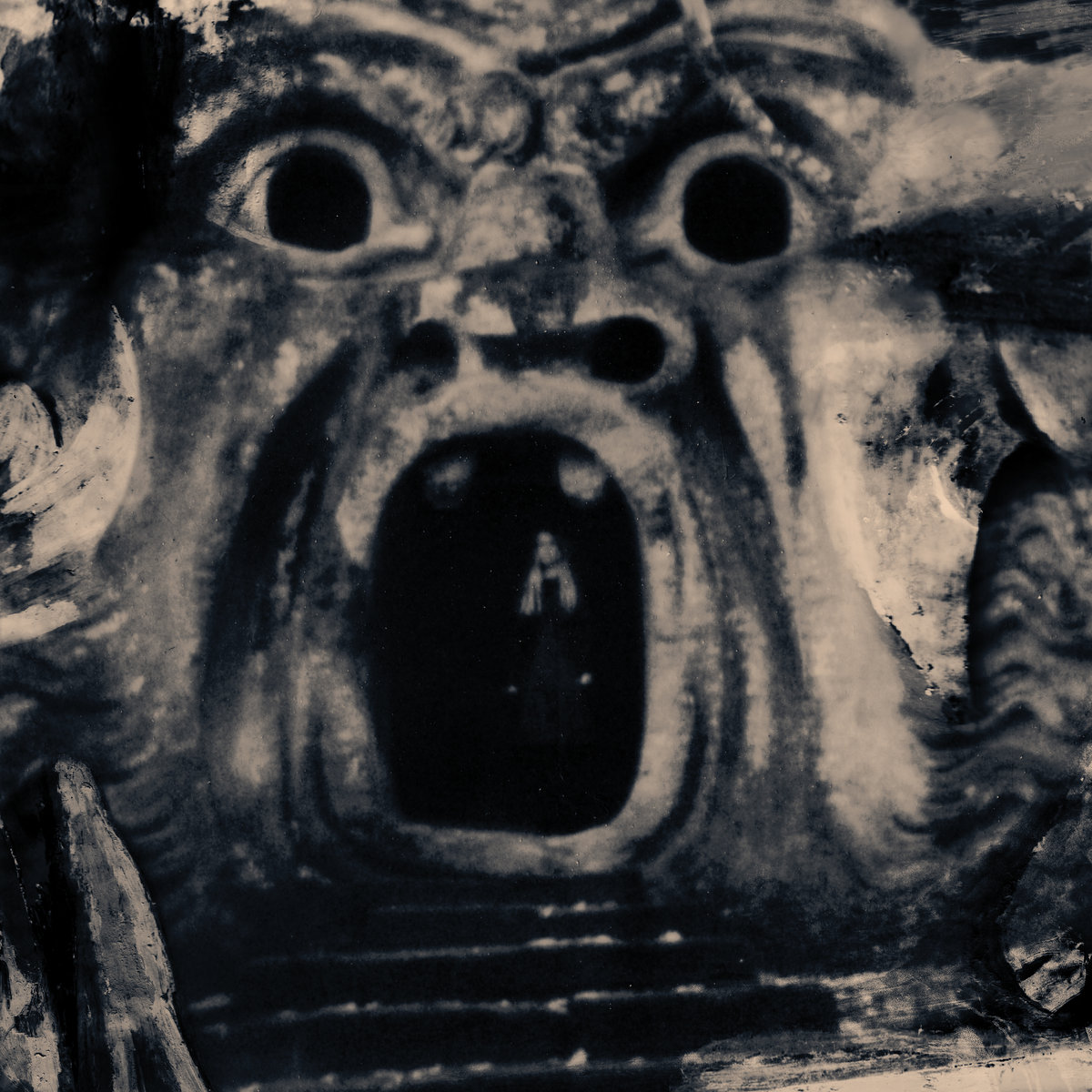
Graphic by Ben Berman
In these tumultuous times, the world needed music more than ever to capture the chaos of the news cycle and fill the silence of lonely quarantined weeks. What was initially a slew of delayed spring releases when the world shut down, turned into a landslide of fall projects from artists whose work reflected newfound creativity through themes of isolation, anger and hope.
This year, the artists that once filled clubs, arenas and festival grounds instead found new ways to connect with us through our phones and computer screens at home. Each day, thousands of artists across the internet provided us with new music, and more importantly, a brief yet impactful respite from a year that kept us physically distanced and challenged like no other.
The CU Independent arts section curated a selection of seven exceptional musical works that spoke to us in 2020. The full playlist, “Best of 2020,” can be accessed here.
“Strings for Peace” — Sharon Isbin, Amaan Ali Bangash, Ayaan Ali Khan and Amjad Ali Khan

Sharon Isbin’s “Strings for Peace” (Courtesy of ZOHO Music)
“Strings for Peace” is a contemplative cross-cultural experiment, over a decade in the making. Sarod virtuoso Bangash composed four ragas for Isbin, a Grammy Award-winning classical guitarist, which premiered on a tour of India in 2019. They later recorded the ragas in two days, during a whirlwind session in New York City. The result is an enthralling convergence of musical languages and cultures.
The precision of the classical guitar, a fretted instrument, is slightly at odds with the fluidity of the sarod, a stringed, fretless instrument, which uses continuous slides known as meendi (glissandi). Yet, Isbin skillfully blends her sound with the sarod’s wandering improvisations, providing accompaniment and incorporating relaxed bends and glissandos into her solos.
The first raga, “By the Moon” (“Raga Behag”), meditatively unfolds for five minutes, before building to a zestful, sarod-shredding end. “Love Avalanche” (“Raga Mishra Bhairava”) is beautiful in its simplicity and conviction, jumping right into a snappy, Gypsy-flavored melody. “Romancing Earth” (“Raga Pilu”) features clear, cantabile guitar melodies, interwoven with vigorous meendi and slides on the sarod. “Sacred Evening” (“Raga Yaman”) is full of playful give-and-takes between Bangash and Isbin, as the album builds to an animated end.
Izzy Fincher — Arts Editor
“Pixel Bath” — Jean Dawson

Jean Dawson’s “Pixel Bath” (Courtesy of P+)
In an era increasingly defined by the convergence of our online interactions, the back-and-forth sharing of millions of music tastes may lead to blenderized sounds that can’t be pinned down to one specific category anymore.
Jean Dawson is one artist reaping the benefits of this genre-less future.
His sophomore effort, “Pixel Bath,” is crafted like a fervid survey of the 24-year old artist’s old LimeWire playlists put on shuffle. It’s complete with everything from wailing hooks and distorted guitars, reminiscent of Blink-182’s“Clear Bones,” to glistering rap verses on “06 Burst” that take a page out of Kanye’s “Yeezus” era.
Rather than an album that feels stifled by studio control or generic pop tropes, “Pixel Bath” reads like a love letter written by a Gen-X music fan. As Dawson jumps between sounds, we get a sense of the music that’s made him who he is. Ethereal tracks like “Devillish” feature jangly guitar riffs and echoey vocals that toe the line between Tame Impala and Paramore. Through these Frankenstein’d moments, Dawson finds a unique identity with his dissonant storytelling, tied together with vivid lyricism on love, childhood memories and politics.
The experimental result is a reflection of our time: the categorized limitations we’ve placed on music consumption are now gone due to the sheer volume of music we consume online. The internet chews up and spits out a garbled, cacophonic mess from millions of independent creators. This future of music may be seen as bleak and directionless by an older generation, who is more invested in tightly defining and segmenting corners of the music realm. But an effortless display on “Pixel Bath” proves that a younger crowd is embracing a format that doesn’t quite set out to say or sound like anything in particular. Instead, the internet’s sonic nihilism is something worthy of joyous dancing.
Ben Berman — Arts Editor
“What Could Possibly Go Wrong?” — Dominic Fike

Dominic Fike’s “What Could Possibly Go Wrong?” (Courtesy of Columbia Records)
Hype can be a death sentence for the careers of up-and-comers. With the pressure of growing social media followings and the Spotify play counter, some fold under the immense pressure.
But Dominic Fike isn’t just another one-hit-wonder up-and-comer, known only for his breakout singles “3 Nights” and “Phone Numbers.” Instead, he’s revealed himself as one of the most promising artists of 2020, and his July album “What Could Possibly Go Wrong?” is one of the most impressive debuts of the year.
The record is a brilliant melting pot of rock, hip-hop and pop influences paired with emotional memoirs about the highs and lows of life in the spotlight. On one side, melancholic tracks like “Wurli” detail quarrels with significant others and the helplessness brought on by fame. On the other side, playful songs like “Chicken Tenders” explain the rush associated with the experience of finding a new lover.
The album’s relatable lyrical themes about love, breakups and personal issues make it so each listener can find something to resonate with. Head-bobbing and euphoric tracks like “Why” serve as perfect songs to dance to, while heart-wrenching and melancholic responses like “Superstar Sh*t” provide a song to cry to after a breakup.
Dominic Fike may only have one album under his belt, but he certainly has more beautiful work to come.
Marion Walmer — Staff Writer
“DOG” — Kahlil Blu

Kahlil Blu’s “DOG” (Courtesy of blusounds)
Unless you are one of Kahlil Blu’s 12,284 monthly listeners on Spotify, the chances of you listening to this out-of-sight album are next to none. Among a vast sea of underground hip-hop projects, “DOG” is a jam-packed venture, an overlooked 33-minute gem of an album.
Through a mixture of trap and rap infused bouncy beats, Blu presents an energetic, lighthearted listen that is as chaotic as it is soothing. In the brief runtime, Blu manages to rattle off 20 short, versatile tracks that flow with ease.
The Harlem-based artist encompasses the persona of a SoundCloud rapper who has perfected his craft. Through his introspective mindset, Blu’s flow is everlasting. His experimentation is profound, and his production is dexterous.
Songs such as “Land,” “Brand New” and “lol play this when ur sad” unveil catchy rap hooks that dissipate as quickly as they were established. His flip of Earl Sweatshirt’s “The Mint” transforms the pulsating eerie piano into a head-bobbing mosh worthy track in “Oh Well.”
“‘DOG’ is about my experience on earth,” Blue wrote on Bandcamp. “I can’t speak for anyone else. All I can do is be myself and hope that someone out there relates.”
Benny Titelbaum — Staff Writer
“Lockdown” — Anderson .Paak

Anderson .Paak’s “Lockdown” (Courtesy of Aftermath Entertainment)
2020 has been a whirlwind of civil unrest with COVID-19 quarantines and Black Lives Matter protests. Anderson .Paak attempts to capture this crazy year in his soulful single “Lockdown.”
.Paak released the song on Juneteenth, June 19, seemingly to make a statement about the current nature of race relations in the United States. For those who don’t know, Juneteenth is a holiday celebrating the liberation of slaves. It is both a celebration of liberation, but it is also a reflection of the pain and suffering of Blacks who endured slavery for centuries.
.Paak captures the bittersweet nature of the Juneteenth holiday in the music, using a funky, bass-heavy instrumental sound that is uplifting and powerful, yet at times distressing. The lyrics of the song match this tone by uplifting those fighting for what is right, while simultaneously capturing the way peaceful protests have been met by police violence.
“Lockdown” and its accompanying music video capture the turmoil that has engulfed the United States in 2020, while also encouraging the persistent fight for what is right.
Liam Benjamin — Staff Writer
“All Thoughts Fly” — Anna von Hausswolff

Anna von Hausswolff’s “All Thoughts Fly” (Courtesy of Anna von Hausswolff)
Singer-songwriter extraordinaire Anna von Hausswolff followed up her breakout 2018 album “Dead Magic” with “All Thoughts Fly” this September. Abandoning the dark, gothic, ambient synth formula of her last album, Von Hausswolff goes back to her roots with her latest album. Across the diverse catalog of Von Hausswolff, pipe organ has been the common element on an experimental musical journey. In “All Thoughts Fly,” she puts this loyal companion front and center.
This album does not only put her skills as an organist on display, but more so, her songwriting. Von Hausswolff uses minimalistic yet expressive dark organ phrases and the perfect drone timbre, pushing the envelope of ambient and drone music of today.
The seven tracks that make up this album blend into each other very fluently, making it feel like a single piece in seven movements. The pacing of the album is surprisingly dynamic, creating an immersive experience. Although some parts of the longer tracks get repetitive, the wide spectrum of musical ideas she is expressing on a single instrument is very impressive.
Altug Karakurt — Staff Writer
“Sketches of China” — Xuefei Yang

Xuefei Yang’s “Sketches of China” (Courtesy of Decca Records)
Xuefei Yang explores vignettes of Chinese music across two millennia, from the Han Dynasty to the present day. On “Sketches of China,” we hear traditional folk songs, playful contemporary concertos, Chinese-flamenco crossovers and even an iconic pop song.
This album is a long-overdue homage to the music of Yang’s homeland, 37 years after the child prodigy’s career in classical guitar began. For Yang, “Sketches of China” is a “dream come true,” a chance to share a fresh perspective of Chinese music.
For traditional repertoire, she transforms the classical guitar into a pipa (Chinese lute), using distinctive tremolos and sharp strummed chords. The bright, silky tone mixes with the airy Xiao (Chinese flute) on “Hujia” and the metallic, harp-like Guzheng on “Fisherman’s song by Moonlight.”
Fast-forwarding to the album’s 21st-century repertoire, Yang explores an eclectic sound palette. Renchang Fu’s “A Lovely Rose” is reminiscent of Mario Castelnuovo-Tedesco’s Guitar Concerto No. 1, though gently infused with Chinese melodies. On Tan Dun’s “Seven Desires,” dedicated to Sharon Isbin, Yang switches between Spanish flamenco and pipa aesthetics, allowing for an impressive cross-cultural dialogue on one instrument.
“Sword dance,” by Xu Changjun, is filled with dramatic, intense strummed chords, evoking the image of the sword dance, an acrobatic dance from Chinese opera. On the final track, “The Moon Represents My Heart,” Yang creates a touching, heartfelt rendition of one of China’s most beloved pop songs.
Izzy Fincher — Arts Editor
